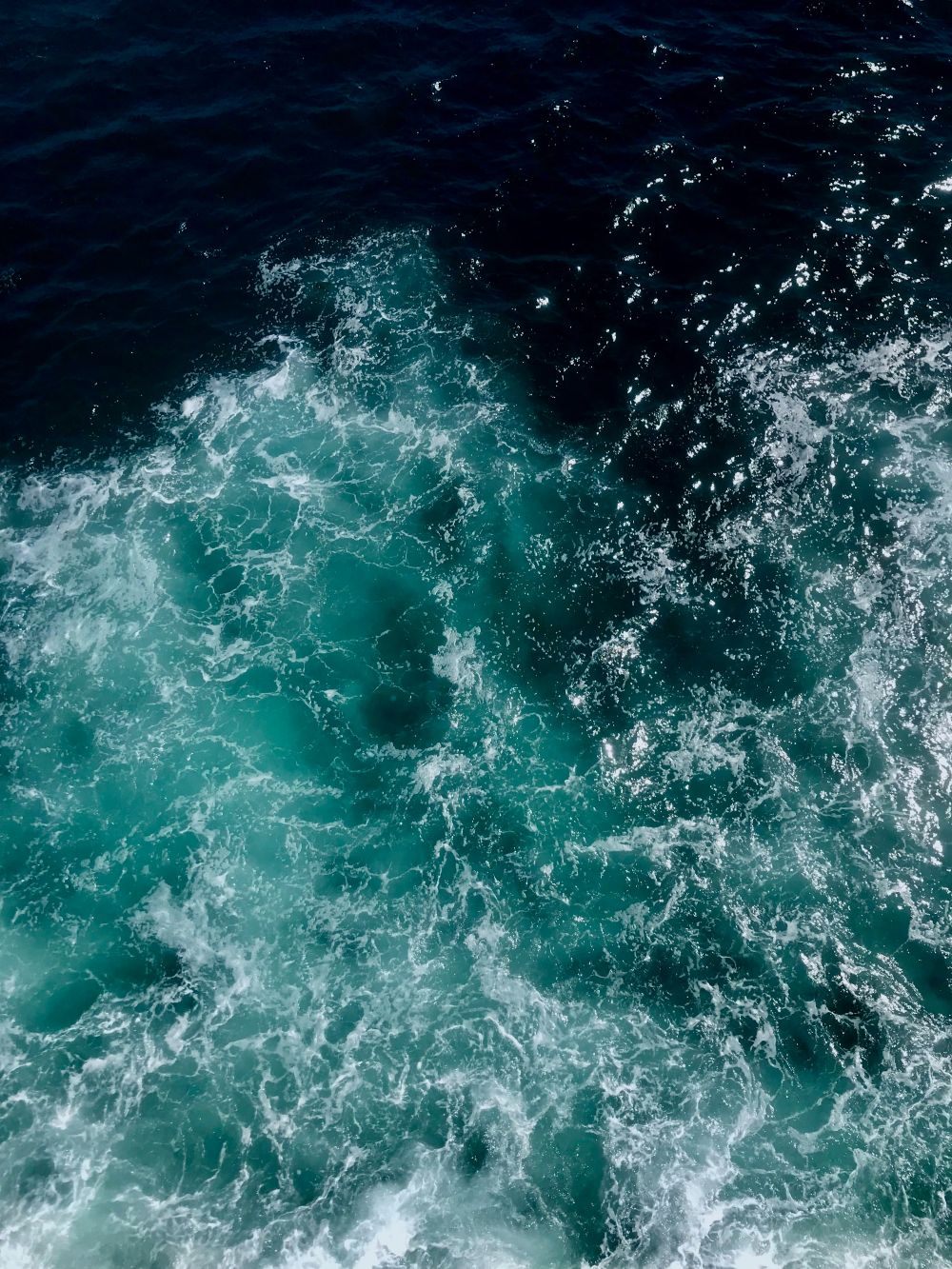Gulf of Aden

The Gulf of Aden is a major artery for commercial shipping and for maritime movement. Recent threats of attacks on commercial shipping have resulted in a significant drop in large ships moving through the Gulf, though more than a hundred of commercial ships continue to transit each month. A strategic chokepoint that connects the Indian and Pacific Oceans to the Red Sea and Suez Canal, the Gulf of Aden also separates the Horn of Africa from the Arabian Peninsula. Yemen lies directly across from the African coast and for many years migrants and refugees have made a perilous sea and land journey to try to reach Yemen and Saudi Arabia through Yemen.
Unlike most other waterways, moreover, the Gulf of Aden sees migration in both directions. As the conflict in Yemen has intensified and Saudi Arabia has tightened its border, every year thousands of migrants, refugees—and to a lesser degree, returnees—have left Yemen to reach the Horn of Africa. Lack of governance in the region is a particular problem. Piracy and terrorist attacks have taken place in the Gulf of Aden, which serves to deter commercial shipping from engaging in rescue. Smuggling groups on both sides of the Gulf of Aden are notoriously ruthless, with reported cases of torture during the land journey and smuggling crews pushing migrants and refugees into the water if they are sighted by coast guard vessels. Moreover, Yemen, Djibouti, Somalia and Eritrea do not have a rescue coordination centre (RCC) registered with the IMO. The closest RCCs operate from Jeddah and Damam, Saudi Arabia.
Based on IOM’s Displacement Tracking Matrix and Missing Migrants Project, approximately 54,533 people arrived in Yemen from the Horn in 2024, and an estimated 13,5500 people were tracked crossing the Gulf of Aden back to Djibouti in 2023. These numbers are reduced from 2023, in large part due to increased patrols by Yemen, Saudi Arabia, and Djibouti. These patrols, however, have pushed people to use longer and more dangerous routes between Somalia and Yemen, rather than the narrower parts of the Gulf of Aden. While estimating maritime casualties along this route is notoriously difficult, the estimated 400 deaths in 2024 mark this as the deadliest year on record.
